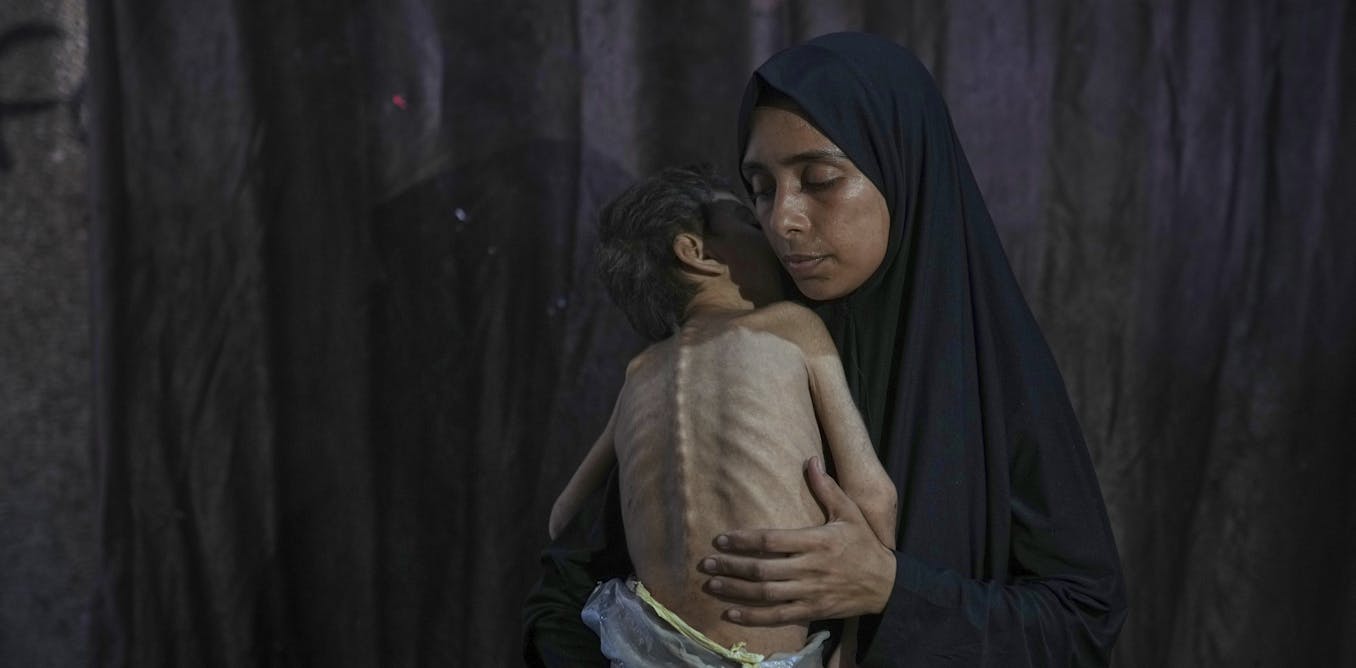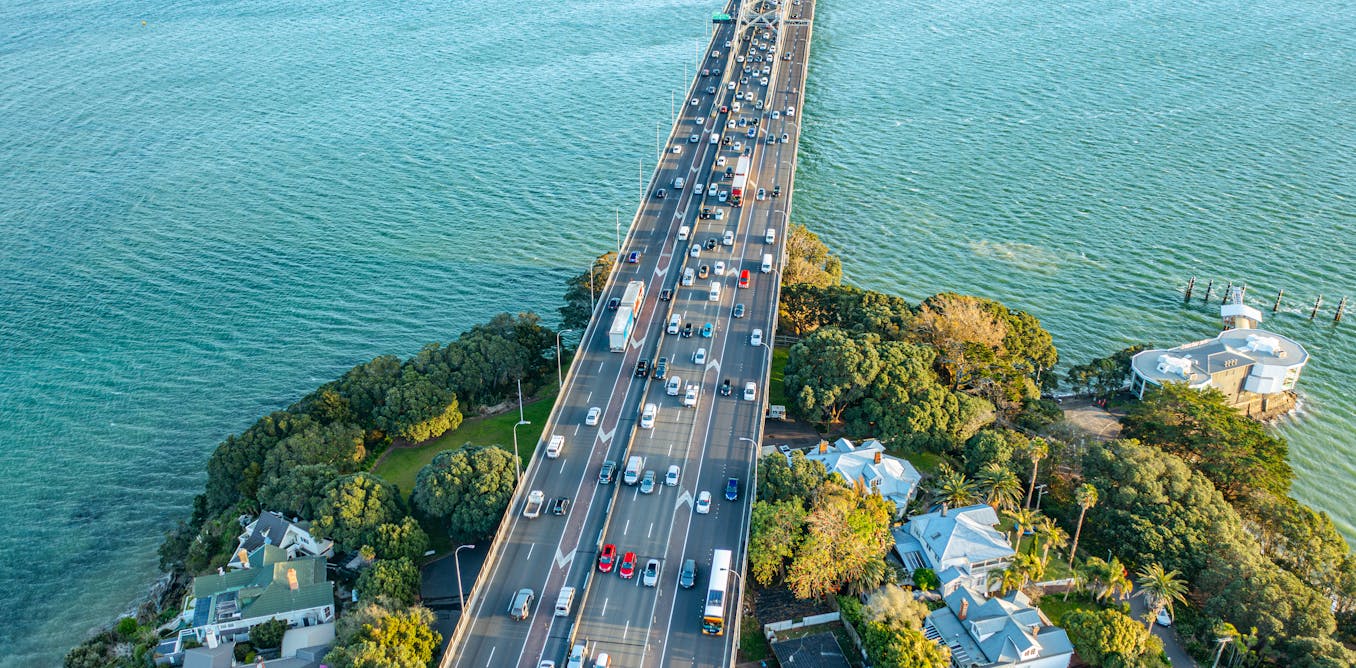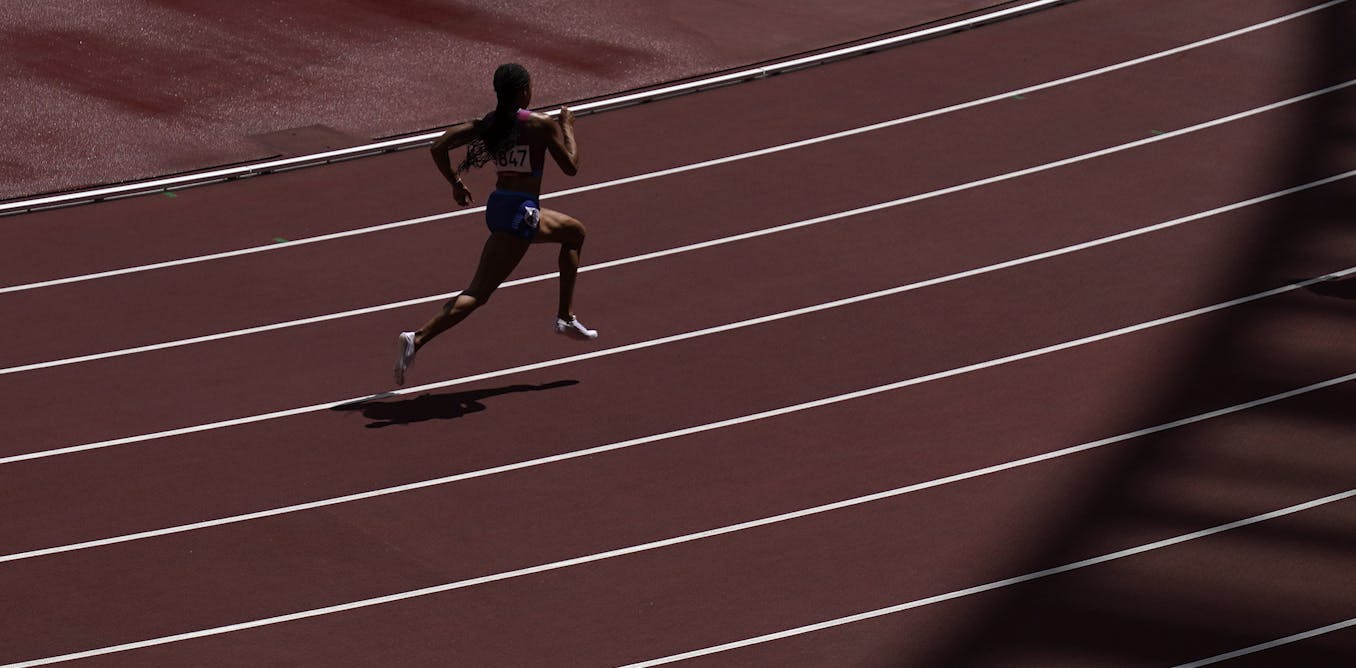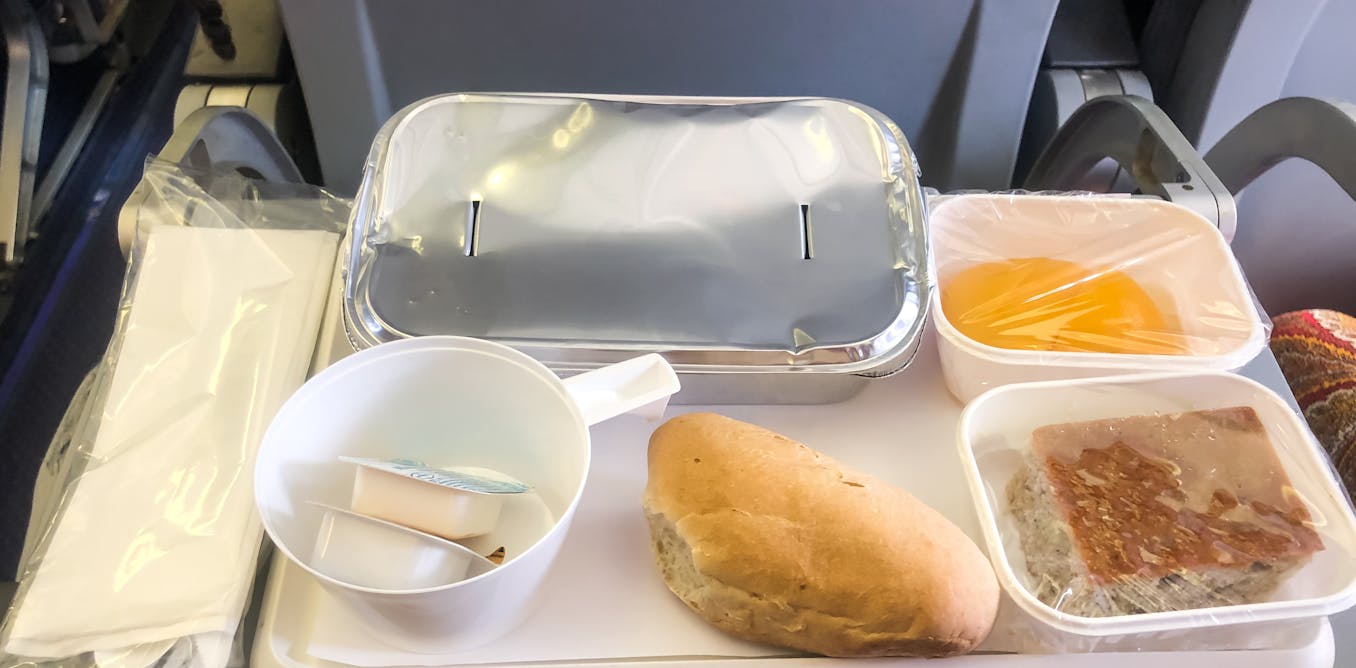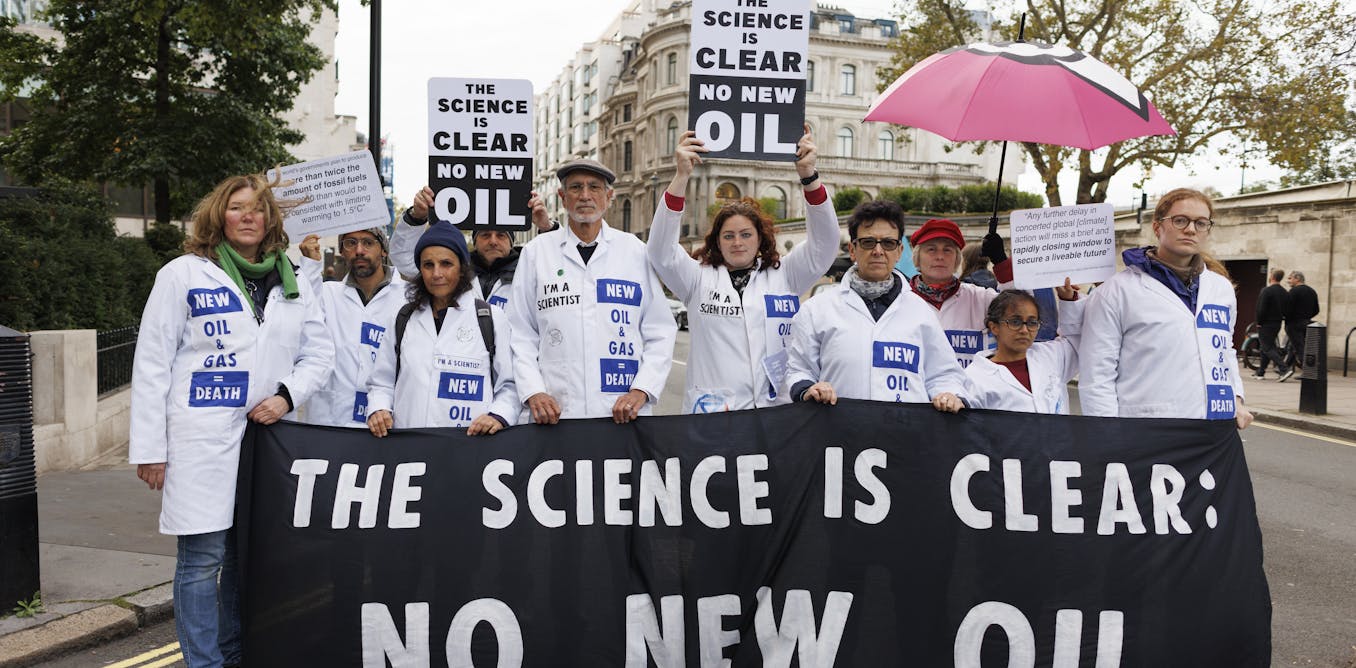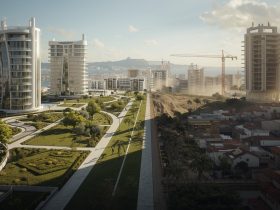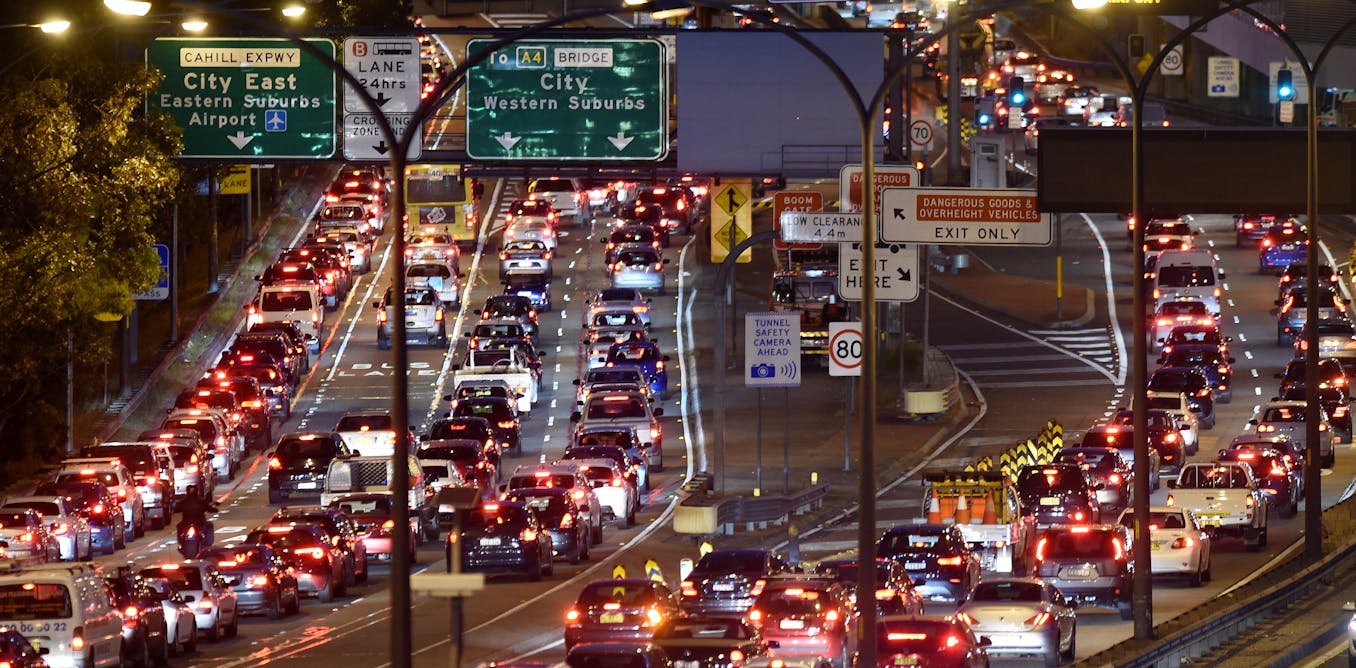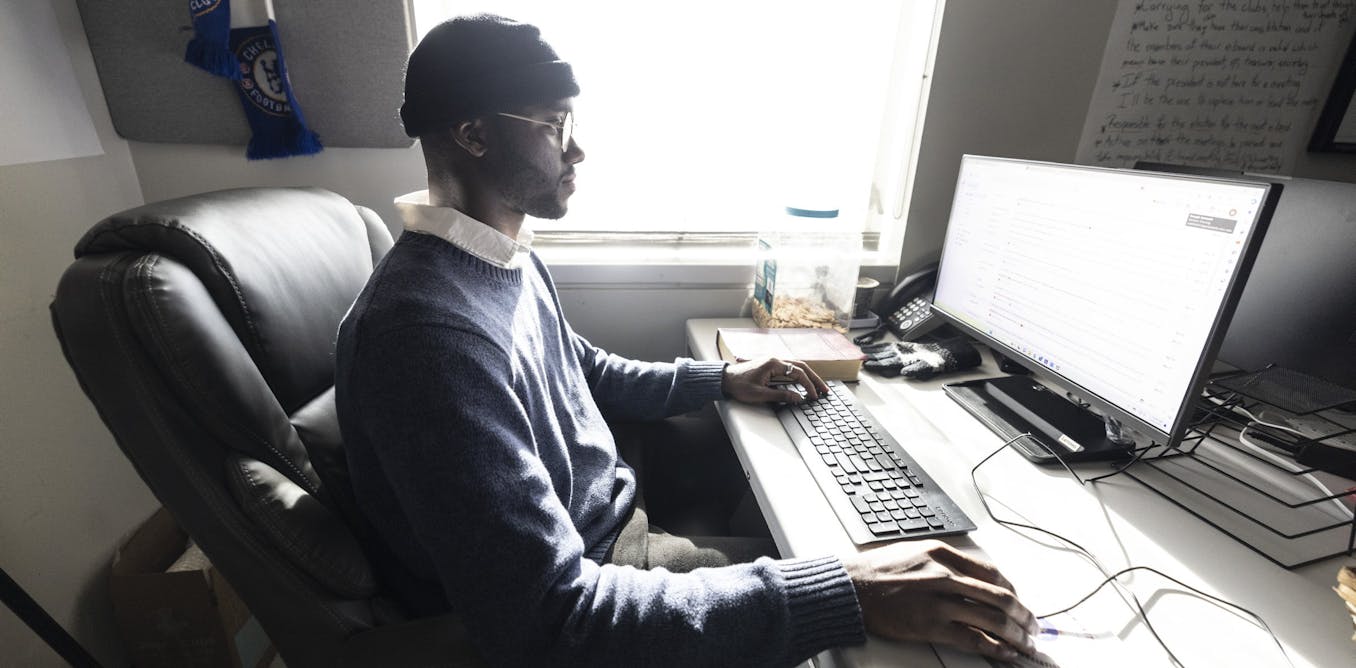Embark on a vibrant journey through Milan, Italy’s fashion capital, with this exquisite 4K60fps walking tour by Prowalk Tours. The video captures the beauty and energy of Milan on a sunny day in July, starting at the iconic Piazza del Duomo. From there, viewers are taken on a mesmerizing stroll through the city, exploring landmarks such as the Galleria Vittorio Emanuele II, Sforzesco Castle, and Parco Sempione, among others.
The detailed captions provide historical facts and descriptions in multiple languages, enhancing the viewer’s experience and understanding of Milan’s rich heritage. The tour showcases the city’s architectural marvels, bustling streets, and elegant neighborhoods, giving viewers a taste of Milan’s unique charm and allure.
Whether you’re a fashion enthusiast, history buff, or simply a lover of beautiful destinations, this walking tour of Milan is sure to captivate and inspire. So sit back, relax, and immerse yourself in the sights and sounds of one of Italy’s most dazzling cities with Prowalk Tours.
Watch the video by Prowalk Tours
Walking Tour Preview Welcome to Milan, Italy’s fashion and commercial capital. We begin our walk in the Piazza del Duomo, home to some of Milan’s most iconic monuments.
The piazza marks the center of the city, both in a geographic sense and because of its importance from an artistic, cultural, and social point of view. The richly carved Duomo is Milan’s star attraction. Duomo means cathedral in Italian. Visitors rub the leg of Christ for good luck.
Mark Twain praised the sculptures on the door when he visited in 1867. The Duomo is adorned with more than 3400 statues. There are also 135 gargoyles. There are statues of saints, religious figures, royalty and politicians. You can walk right the way around the Duomo, and every side is ornately decorated.
The streets around the Duomo are lined with upscale fashion stores like Furla and Balenciaga. We are now looking at the apse of the Duomo with its stunning stained glass windows. Construction began here on the apse and then continued towards the transept.
The cathedral took nearly six centuries to complete: construction began in 1386, and the final details were completed in 1965. Crowning the Duomo is the gold statue known as the Madonnina. The statue sits on the highest spire and was erected in 1762.
The Duomo is the largest church in the Italian Republic—the larger St. Peter’s Basilica is in the State of Vatican City, a sovereign state. This church was built as Ducal Chapel by Azzone Visconti in 1330 and finished in 1336.
The golden Madonnina is a cherished symbol of Milan – there is even a song about her. The Duomo is the third largest church in the world. The Duomo’s statues were put up for ‘adoption’ in 2020 in order to fund their restoration.
The Palazzo Reale was the seat of government in the Italian city of Milan for many centuries. The Palazzo Reale now serves as a cultural centre and it is home to international art exhibitions. The Duomo is dedicated to the Nativity of St. Mary.
Beside the religious cathedral is Milan’s cathedral to commerce. The Galleria Vittorio Emanuele II is Italy’s oldest active shopping gallery. The Galleria is named after Victor Emmanuel II, the first king of the Kingdom of Italy.
The floor mosaics depict the coat of arms of the three capitals of the Kingdom of Italy (Turin, Florence and Rome) plus Milan’s. The gallery is covered by an arching glass and cast iron roof, a popular design for 19th-century arcades.
The lunettes are decorated with allegories of the four continents, Europe, Asia, Africa and America. Savini is an upmarket restaurant founded in 1867. The gallery was designed in 1861 and built by architect Giuseppe Mengoni between 1865 and 1877.
Tradition says that if a person spins around three times with a heel on the testicles of the bull from Turin coat of arms this will bring good luck.
The Milanese Galleria was larger in scale than its predecessors and was an important step in the evolution of the modern glazed and enclosed shopping mall, of which it was the direct progenitor. The Milan gallery and its roof have been acknowledged as an important reference on 19th-century iron-and-glass architecture by Pevsner and Hitchcock.
The historical roof was heavily damaged during the aerial bombings of World War II. The Galleria is often nicknamed il salotto di Milano (Milan’s drawing room), due to its numerous shops and importance as a common Milanese meeting and dining place. The Galleria connects two Milanese landmarks, the Duomo and the Teatro della Scala.
The piazza features a monument to Leonardo da Vinci in the center. The theatre La Scala is one of the most prestigious in Italy and the world and was inaugurated on 3 August 1778.
Most of Italy’s greatest operatic artists, and many of the finest singers from around the world, have appeared at La Scala. Milan is the second-most populous city proper in Italy after Rome. Milan is the economic capital of Italy, one of the economic capitals of Europe and a global financial centre.
In terms of GDP, Milan is the wealthiest city in Italy and has the third-largest economy among EU cities after Paris and Madrid. The Palazzo della Ragione was the center of judiciary and administrative life in the city for some 500 years.
The Piazza dei Mercanti is home to a number of notable buildings and hosts a cinema in summer. This means ‘cathedral passage’. The rectangular Piazza del Duomo has an overall area of 17,000 m2. Palazzo dei Giureconsulti is a Mannerist building constructed in 1562.
The gothic Palazzo della Ragione was built between 1228 and 1251. In the 19th and early 20th century, this was the heart of Milan’s financial district. Milan’s tramway network has operated since 1881. Many of the trams in operation are historic.
In the center is a statue of Giuseppe Parini, a poet and key Enlightenment thinker. Via Dante is one of Milan’s most important shopping streets. Via Dante was laid out in 1888. The grand 19th century buildings lining the road had to adhere to a strict set of rules.
Buildings had to be 23 meters high, have a ground floor of at least 5 meters in height and an internal courtyard of at least 70 meters square. A competition was held for the building designs and was won by Ernesto Pirovano. This monument features a statue of Giuseppe Garibaldi and was erected in 1895.
Garibaldi is considered to be one of Italy’s “fathers of the fatherland” and was instrumental to the formation of the kingdom of Italy. The Castello Sforzesco (Italian for “Sforza’s Castle”) is a medieval fortification.
The castle was built in the 15th century by Francesco Sforza, Duke of Milan, on the remnants of a 14th-century fortification. The iconic circular fountain is a popular meeting point in Milan. The Filarete tower was designed by the Renaissance architect Antonio Averlino and features several decorative elemetns.
The original construction of the castle was ordered by Galeazzo II Visconti, a local nobleman, in 1358-c.1370. The castle was enlarged by Galeazzo’s successors, Gian Galeazzo, Giovanni Maria and Filippo Maria Visconti, until it became a square-plan castle with 200 m-long sides, four towers at the corners and up to 7-metre-thick walls.
The castle was the main residence in the city of its Visconti lords, and was destroyed by the short-lived Golden Ambrosian Republic which ousted them in 1447. In 1450, Francesco Sforza began reconstruction of the castle to turn it into his princely residence.
In 1494 Ludovico Sforza became lord of Milan, and called on numerous artists to decorate the castle. These included Leonardo da Vinci and Bramante. In 1550 works began to adapt the castle to modern fortification style, as a hexagonal (originally pentagonal) star fort, following the addition of 12 bastions.
Most of the outer fortifications were demolished during the period of Napoleonic rule in Milan under the Cisalpine Republic. After the unification of Italy in the 19th century, the castle was transferred from military use to the city of Milan. Allied bombardment of Milan in 1943 during World War II severely damaged the castle.
Parco Sempione is the green heart of Milan. The park was established in 1888, and designed by Emilio Alemagna. The park has an overall area of 38.6 hectares (95 acres). The green was designed according to the romantic model of the English parks.
Prior to the Sempione Park, this site formed the Visconti ducal park or “Barcho”. In addition to housing hunted game, exotic animals were also introduced here by members of the house of Sforza. By the 18th century, the land was in disuse, and in 1861 was partly used for agriculture.
Alemagna’s project provided avenues for carriages, a pond and a belvedere where the Biblioteca del Parco Sempione currently stands. In the in the 16th and 17th centuries the castle was one of the largest citadels in Europe.
In 1521, in a period in which it was used as a weapons depot, the Torre del Filarete exploded. Between 1900 and 1905 the Torre del Filarete was rebuilt, based on 16th-century drawings, as a monument to King Umberto I.
Extensively rebuilt by Luca Beltrami in 1891–1905, the castle now houses several of the city’s museums and art collections. The first city on this site was founded around 590 BC under the name Medhelanon by a Celtic tribe belonging to the Insubres group and belonging to the Golasecca culture.
The city was conquered by the ancient Romans in 222 BC, who latinized the name of the city into Mediolanum. The Romans eventually conquered the entirety of the region, calling the new province “Cisalpine Gaul” – “Gaul this side of the Alps”.
In 286, the Roman Emperor Diocletian moved the capital of the Western Roman Empire from Rome to Mediolanum. In 402, the Visigoths besieged the city and the Emperor Honorius moved the Imperial residence to Ravenna.
The final break with the city’s Imperial past came in 539, during the Gothic War, when Uraia (a nephew of Witiges, formerly King of the Italian Ostrogoths) laid Mediolanum to waste with great loss of life.
In 1268, the Carmelites obtained a site near the Castello Sforzesco where, starting from the 14th century, they built a convent with an annexed church. The building was destroyed in a fire in 1330 and a new church was built from 1400, under the design of friar Bernardo da Venezia.
In the mid-15th century, the church became a favourite destination for aristocratic burials, as testified by the numerous noble tombs in the chapels and niches. In the 17th century, the presbytery was remade in the Baroque style. The current façade was designed by Carlo Maciachini and completed in 1880.
The Via Madonnina is named after the golden statue of the Madonna on the Duomo. In the summer of 569 the Lombards (from whom the name of the Italian region Lombardy derives), conquered Milan.
We are now in a neighborhood called the Brera, known for being elegant, stylist and full of trendy bars and restaurants. The Brera district is very walkable and a pleasant place in the evening for an aperitivo. The streets here are lined with elegant residences, some of which are now museums.
You’ll find lots of emerging interior and fashion designers in this district. The Pinacoteca di Brera is one of the city’s most prestigious art galleries. The graceful building began as a Jesuit convent in 1572. The complex underwent a radical rebuilding by Francesco Maria Richini in 1627–28.
The buildings were extended to designs by Giuseppe Piermarini, who was appointed professor in the Academy when it was formally founded in 1776. The opening of the new “Reale Pinacoteca” was celebrated on 15 August 1809, Napoleon’s birthday.
The gallery now holds a stellar collection including works by Bellini, Mantegna, Carpaccio, Titian, Veronese and Tintoretto. Milan surrendered to Charlemagne and the Franks in 774. The 11th century saw a reaction against the control of the Holy Roman Emperors across northern Italy, which brought the destruction of much of Milan in 1162.
A period of peace followed and Milan prospered as a centre of trade due to its geographical position. During this time, the city was considered one of the largest in Europe. The Palazzo delle Colonne was built between 1934 and 1941 and was commissioned by a bank called the Cassa di Risparmio delle Provincie Lombarde.
In 1395, Gian Galeazzo Visconti became the first Duke of Milan upon receiving the title from Wenceslaus, King of the Romans. In 1447 Filippo Maria Visconti, Duke of Milan, died without a male heir.
Following the end of the Visconti line, the Ambrosian Republic was established; it took its name from St. Ambrose, the popular patron saint of the city.
The Ambrosian Republic collapsed when, in 1450, Milan was conquered by Francesco I of the House of Sforza, which made Milan one of the leading cities of the Italian Renaissance.
When the Spanish Habsburg Emperor Charles V defeated François I at the Battle of Pavia in 1525, northern Italy, which included Milan, passed to Habsburg Spain. At the Museo Poldo Pezzoli, you can wander a noble 19th century residence and the collection of the Poldo Pezzoli family.
The Great Plague of Milan in 1629–31 claimed the lives of an estimated 60,000 people out of a population of 130,000. We are now entering Milan’s Quadrilatero della Moda, the city’s premier fashion district.
If you are are enjoying this tour, please leave a LIKE on the video and SHARE it with a friend. Thank you! This is the end up the captions temporarily. I will add more soon.
Video “Milan – Italy’s Fashion Capital – 4K60fps Walking Tour with Captions by Prowalk Tours” was uploaded on 03/16/2024. Watch all the latest Videos by Prowalk Tours on Gretopia



